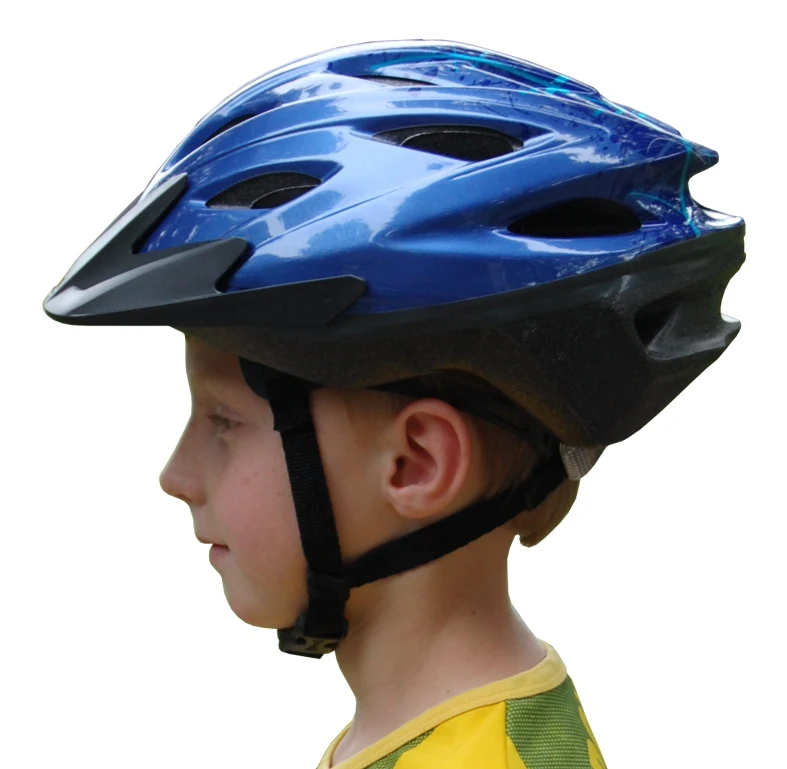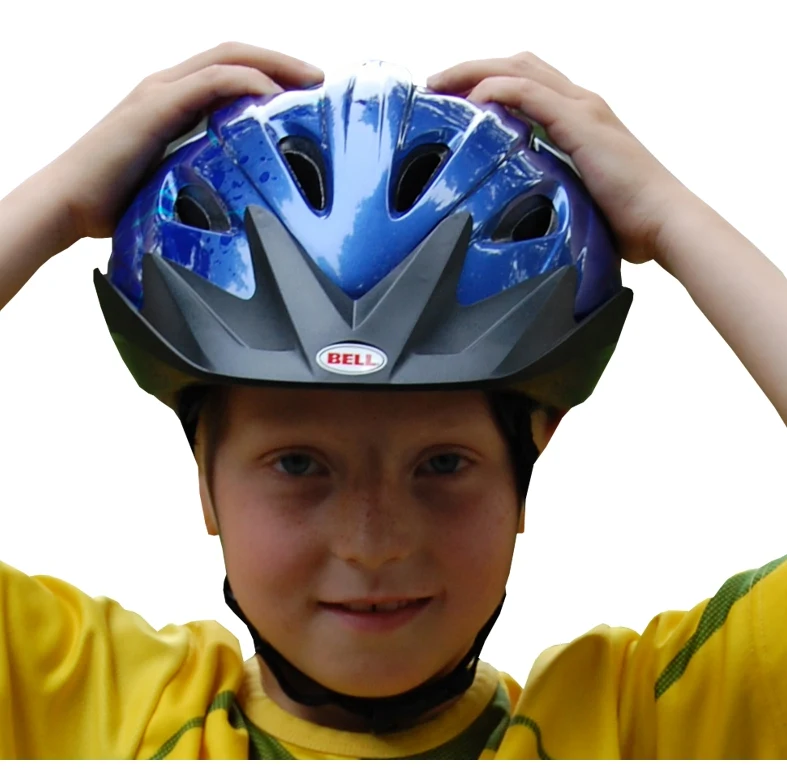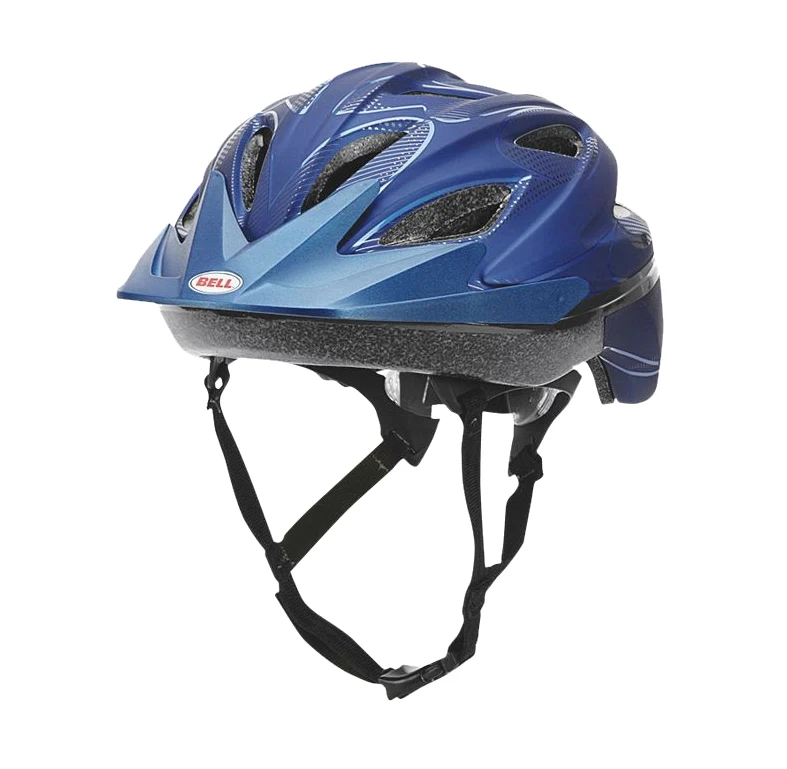How To Wear A Children's Bicycle Helmet The Right Way

Correct

Incorrect
- A helmet should lie flat over the crown of the head and cover the child’s forehead without obstructing their view. Measure one to two (adult) finger widths between the child’s eyebrows and the bottom of the helmet.
- Adjust universal fit ring at the base of the helmet. Should be tight enough that the helmet does not fall off when the child bends over, but loose enough that it does not put pressure on the child’s scull.
- Do not wear a hat with a helmet; tie long hair at the base of the neck.
- A helmet should be worn on all trips – even short ones.
Adjusting the Chinstrap

- Always fasten the chinstrap
- Helmet straps should lay flat against the child’s head forming a “Y” at each earlobe.
- Adjust so it’s snug but not uncomfortable – you should be able to fit one finger width between the buckle and the chin.
- Try twisting or pulling the helmet. If it does not move than then chin strap fits properly. The helmet should visibly pull down when the child opens their mouth.
The Correct Fit
- To find the right size, measure the circumference of the child’s head, just above their eyebrows and consult this sizing chart.
- Youth helmets come with “fit pads” for the front, back and sides. All pads should touch child’s head evenly and the helmet should stay put if you try moving it side-to-side. Thick pads can be replaced with thinner ones as child grows.
How To Choose A Safe Helmet

- Do not use a hand me down: A used helmet might not meet current safety standards. It can also have internal cracks or damage you don’t see. If you crash and the helmet receives significant impact, get a new one.
- Approved bicycle helmets have a sticker from Consumer Product Safety Commission (CPSC).
- Expensive helmets are not necessarily safer than inexpensive ones – make sure the helmet has the appropriate sticker before you buy it.
- Multi-use helmets and helmets approved for other activities, such as skateboarding, are not recommended unless they’re CPSC approved for bicycling.
- Hard shell and soft shell helmets have the same interior and are considered equally protective so long as they're CPSC-approved. Hard shell helmets are heavier and may be strenuous on a young child's neck.
- Many helmets are brightly colored or have graphics from children’s television or movies. These help drivers see your child and help motivate your child to wear them. Helmets can be decorated with reflective stickers.
- To check if an approved helmet was recalled see the CPSC’s recall page
Sources:
Consumer Product Safety Commission (CPSC), www.cpsc.gov
Bicycle Helmet Safety Institute, www.helmets.org
Safe Kids Worldwide, www.safekids.org
National Highway Traffic Safety Administration, www.nhtsa.gov

